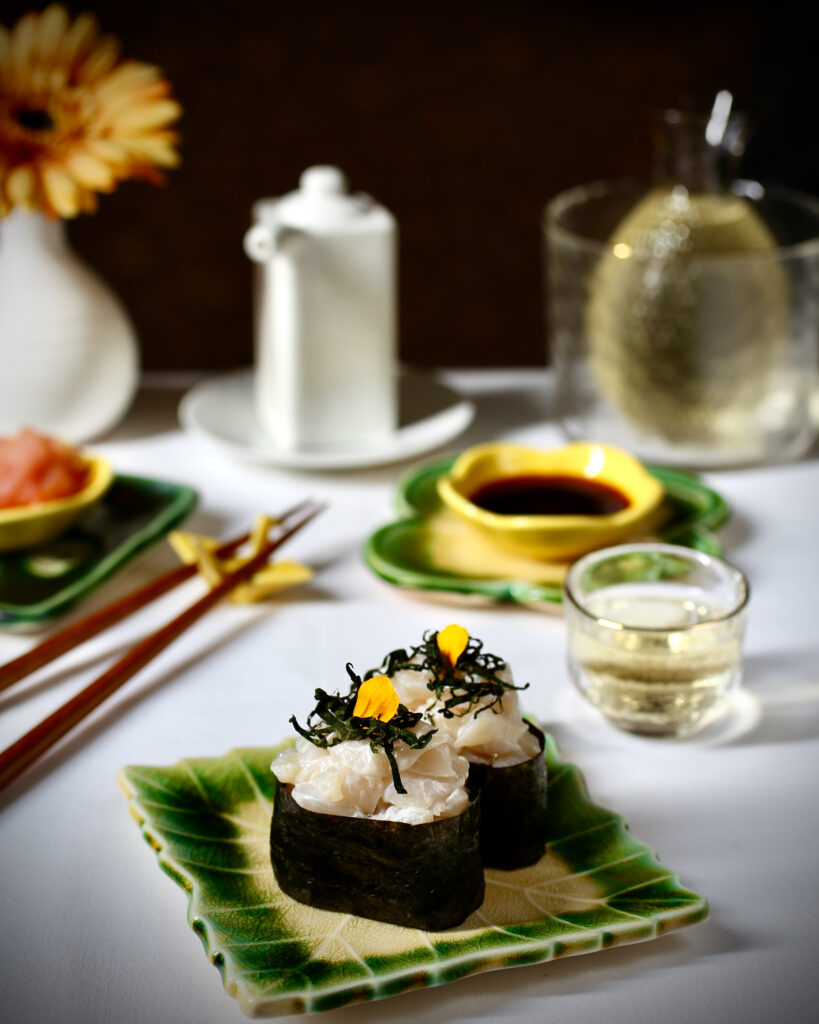 🍚🐔🥚 Oyakodon 🥚🐔🍚
🍚🐔🥚 Oyakodon 🥚🐔🍚
Japanese Chicken and Egg Rice Bowl
Oyakodon is a popular and traditional Japanese rice bowl dish that combines a savory-sweet mixture of chicken, egg, and onions served over steamed rice. The name “oyakodon” translates to “parent and child bowl,” which is a poetic reference to the use of both chicken (the parent) and egg (the child) in the dish.
It is a favorite for home cooks due to its ease of preparation and is often found in Japanese eateries and fast-food chains and featured in Japanese cooking shows and food blogs. Just Google “oyakodon” to see hundreds of authentic recipes for this well liked Japanese comfort food.
I am sharing here today for those who aren’t familiar with this splendid, homey Japanese dish. Serve it for brunch, lunch, dinner or a late night snack. It can easily be prepared with almost all ingredients on hand in the Western kitchen. I give substitutes below in case Japanese ingredients are not available.

Oyakodon Recipe
Continue reading “Oyakodon – Japanese Chicken and Egg Rice Bowl”

